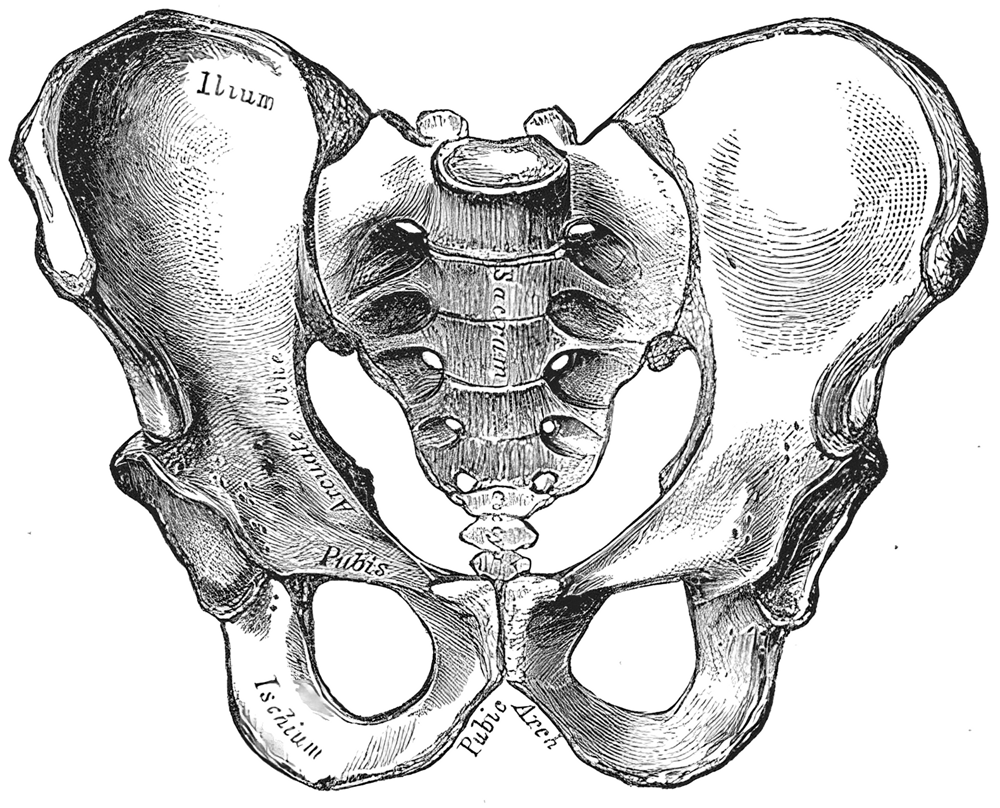We just learned about
Waves and Wavelength.
Frequency means the
number of times that something happens during a certain
length of time.
So for example, if you clap your hands 3 times,
then 3 is the
number of times
If you count out 10 seconds,
that is the
length of time.
If you clap your hands 3 times while you count out 10 seconds,
then 3 over 10 is the
frequency.
You can write it like 3/10.
If you clap your hands 7 times in that 10 seconds, that's 7/10, which is a
higher frequency
If you clap your hands just 1 time in that 10 seconds, that's 1/10, which is a
lower frequency
We can use
frequency to measure lots of things from music to heart beats to airplanes!

(from: wikipedia -
frequency)
Sometimes we also use the word
occurrences instead of saying
number of times.






